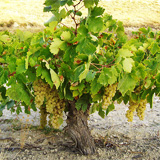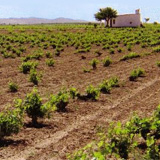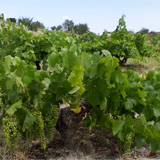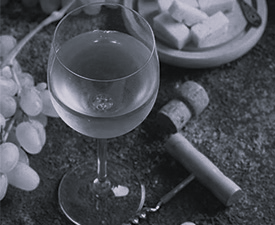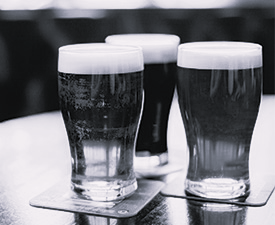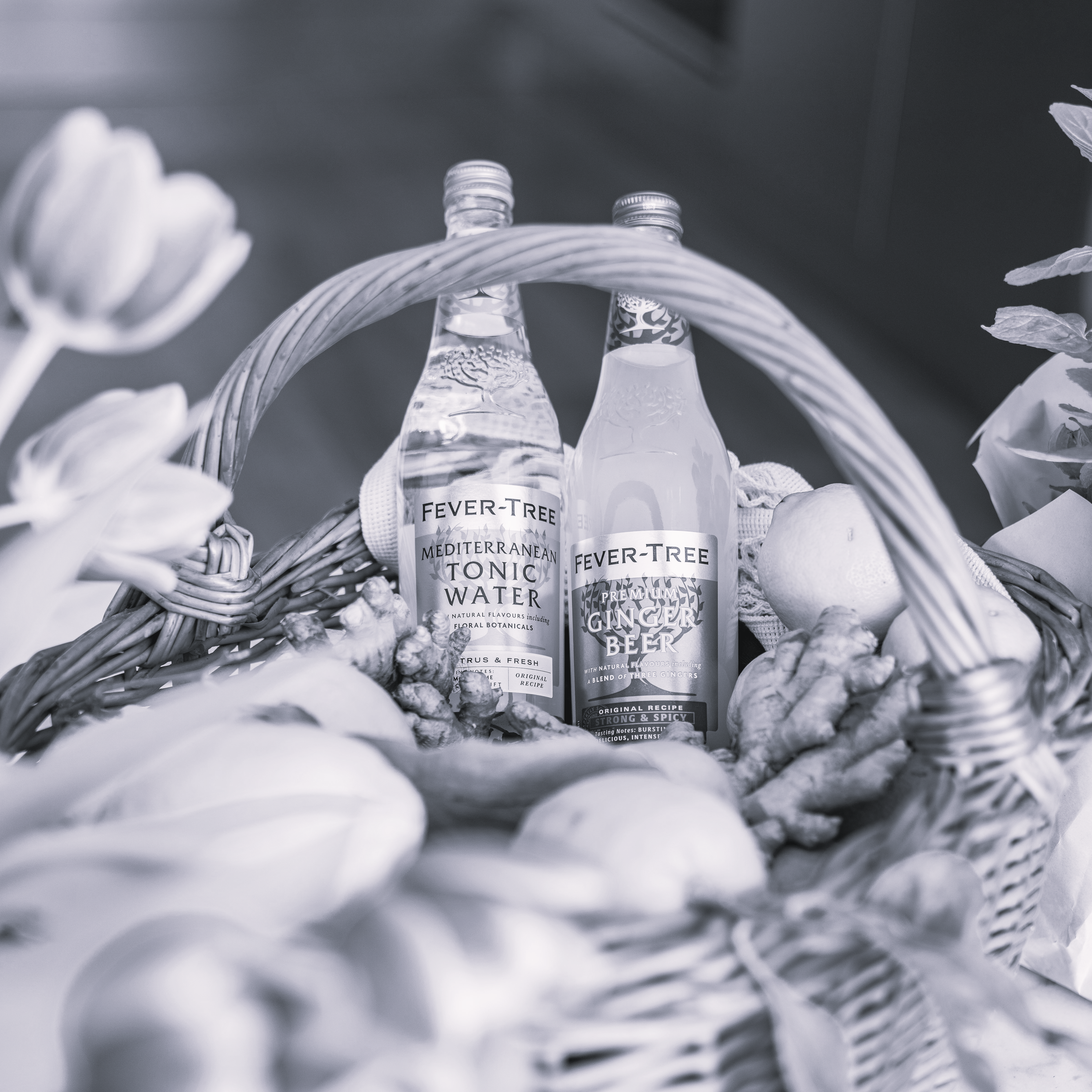Airen is a white wine grape variety native to Spain where it represents about 32% of the total area of vineyards. Due to its high sugar levels and large yields, it is estimated that 30% of its production is dedicated to the production of brandy. Airen was estimated to be the world's most grown grape variety in terms of planted surface area, although it is almost exclusively found in Spain. Since Airen tends to be planted at a low density, several other varieties including Cabernet Sauvignon and Merlot are now planted more in terms of number of vines. Plantations of Airen are declining as it is being replaced in Spanish vineyards with various red varieties, such as Tempranillo.
The first recorded mention of Airen was in 1615, in the 15th century it was known as Lairen (as it is in the Cordoba region today). Airen is allowed in the following DO's: Alicante, Bullas, Jumilla, La Mancha, Valdepenas and Vinos de Madrid.
Primarily planted in La Mancha and Valdepenas, Airen is not only able to withstand the vast and severe temperatures in these regions, but this light skinned grape can also live successfully through long droughts.
Like most vines in Spain, Airen vines are typically trained into 'goblet' shaped growth. This ancient method of vine training does not involve wires or posts, but rather careful pruning. The trunk of the vine is kept quite short, whereby forming a gnarled lump of old wood at the head of the trunk from years of the new branches that sprout from the crown. These vines resemble a small bush or shrub, and may also be described as 'bush vines'.
Amazingly - Airen isn't grown anywhere else but Spain and in Spain isn't really grown outside of the arid plains of La Mancha. Airen traditionally produced base wines for Spain's Brandy industry and oxidized, alcoholic white wines. However, recently using stainless steel equipment and temperature controlled fermentation and improved vinification; it has been used to create simple, refreshing, dry wines marked for early consumption.
